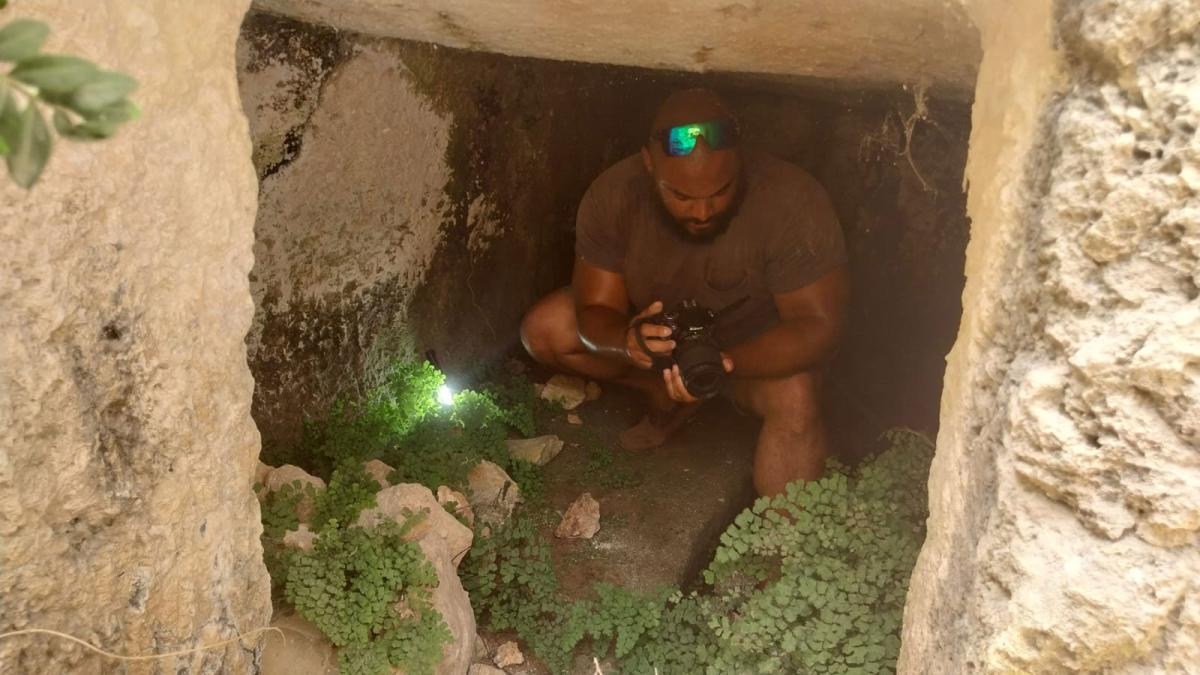
Sponsor: Interdisciplinary Archaeology Program
Global Trade, Local People: Black Atlantic Archaeology in The Bight of Bonny (C. 1600-1900 CE)
Omokolade A. Omigbule
Department of Anthropology, University of Virginia
Black Atlantic archaeology on the West African coast has contributed to understanding African participation in the transatlantic and global political economies in the last 500 years. While historical records attest to the Bight of Bonny's significant role in this economic system, its archaeology has the potential to contribute to current debates on African agency in the transatlantic economy. As a step toward exploring the material vestiges of the transatlantic economy in the Bight of Bonny, I present preliminary archaeological and ethnographic data from its major coastal entrepots: Bonny Island and Old Calabar. I discuss emergent Atlantic entanglements in the region through exotic architecture and accompanying material culture. Drawing on ideas within daily life archaeology, I examine household objects to foreground the role of African elites and non-elites in the Black Atlantic and the Bight of Bonny specifically.
3D Modeling as an Analytical Tool for the study of Rock-Cut Tombs across the Roman Empire
Dustin Thomas
Department of Art, University of Virginia
Program in Mediterranean Art and Archaeology
As a “tomb-type,” rock-cut tombs are distinctive yet understudied in present scholarship about death and burial in the Roman world. This funerary architecture was used almost exclusively in the provinces of the Roman Empire from the 1st century BCE through 4th century CE, especially in its eastern territories. During this period, rock-cut tombs were largely absent from the Italian Peninsula. Collectively, this geographic distribution suggests that the funerary customs associated with these tombs closely reflected the sociocultural dynamics of the imperial provinces. As a part of a broader doctoral dissertation project that uses these tombs as a springboard for examining the cultural complexity of the Roman Empire, this paper will discuss how 3D recording and modeling methodologies – principally handheld LiDAR and photogrammetry – can be a fundamental tool in conducting comparative analysis of tombs from disparate geographical regions. It will conclude with a showcase of models made of rock-cut tombs from Cyprus, Malta, and Spain demonstrating the advantages of 3D models as a means of examining and illustrating their nuanced details.

